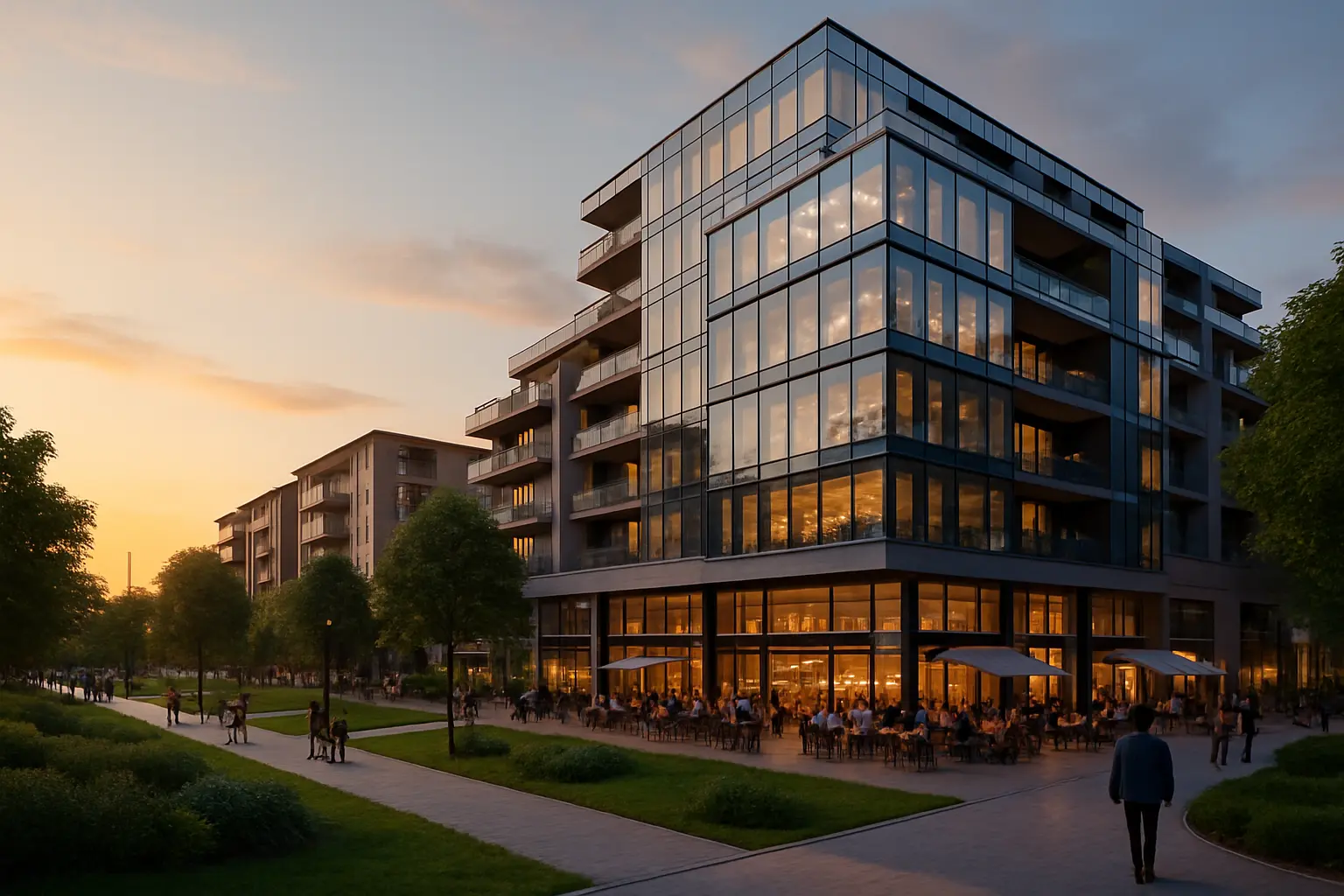Smart Cities, Smart Investments: The Rise of Mixed-Use Developments
Discover how integrated commercial and residential spaces are reshaping urban living and creating lucrative opportunities for investors.

The Evolution of Urban Planning
As cities continue to evolve, mixed-use developments have emerged as the cornerstone of modern urban planning. These innovative spaces represent a return to the traditional neighborhood concept, where living, working, and entertainment coexist in harmony. The integration of residential and commercial spaces has become increasingly vital as urban populations grow and the demand for convenient, sustainable living solutions rises.
Urban planners and developers are now prioritizing projects that maximize land use while creating vibrant, walkable communities. These developments typically include:
- Ground-floor retail and restaurant spaces
- Office spaces on lower levels
- Residential units on upper floors
- Shared amenities and green spaces
- Public transportation access points
Benefits for Property Owners
Mixed-use developments offer property owners a compelling value proposition that extends beyond traditional single-use properties. The diversification of income streams stands as one of the most significant advantages, providing stability and resilience in varying market conditions.
Financial Advantages
- Multiple revenue streams from different property types
- Higher occupancy rates due to increased convenience
- Enhanced property values through synergistic effects
- Reduced risk through diversification
Mixed-use developments typically command 15-30% higher rental rates compared to single-use properties in the same area, reflecting their premium status and high demand.
Community Impact and Lifestyle Appeal
The success of mixed-use developments lies in their ability to create vibrant, self-sustaining communities. These developments foster a sense of place and belonging, attracting both residents and businesses through their unique advantages:
Lifestyle Benefits
- Reduced commute times and transportation costs
- Enhanced work-life balance
- Access to amenities within walking distance
- Stronger community connections
- Improved sustainability and reduced carbon footprint
Investment Strategies and Market Trends
For investors looking to capitalize on the mixed-use development boom, understanding current market trends and implementing strategic approaches is crucial. Success in this sector requires careful consideration of several key factors:
Investment Considerations
- Location analysis and demographic studies
- Tenant mix optimization
- Sustainable design and technology integration
- Regulatory compliance and zoning requirements
The future of mixed-use developments looks promising, with continued growth expected as urban populations increase and sustainability becomes increasingly important. Investors who understand these trends and position themselves accordingly stand to benefit from this evolving market segment.
Successful mixed-use developments can generate returns 20-40% higher than traditional single-use properties when properly planned and executed.
As cities continue to embrace smart growth principles, mixed-use developments represent not just an investment opportunity, but a fundamental shift in how we approach urban living and community development. For investors, developers, and community members alike, these integrated spaces offer a glimpse into the future of sustainable, profitable, and livable cities.


